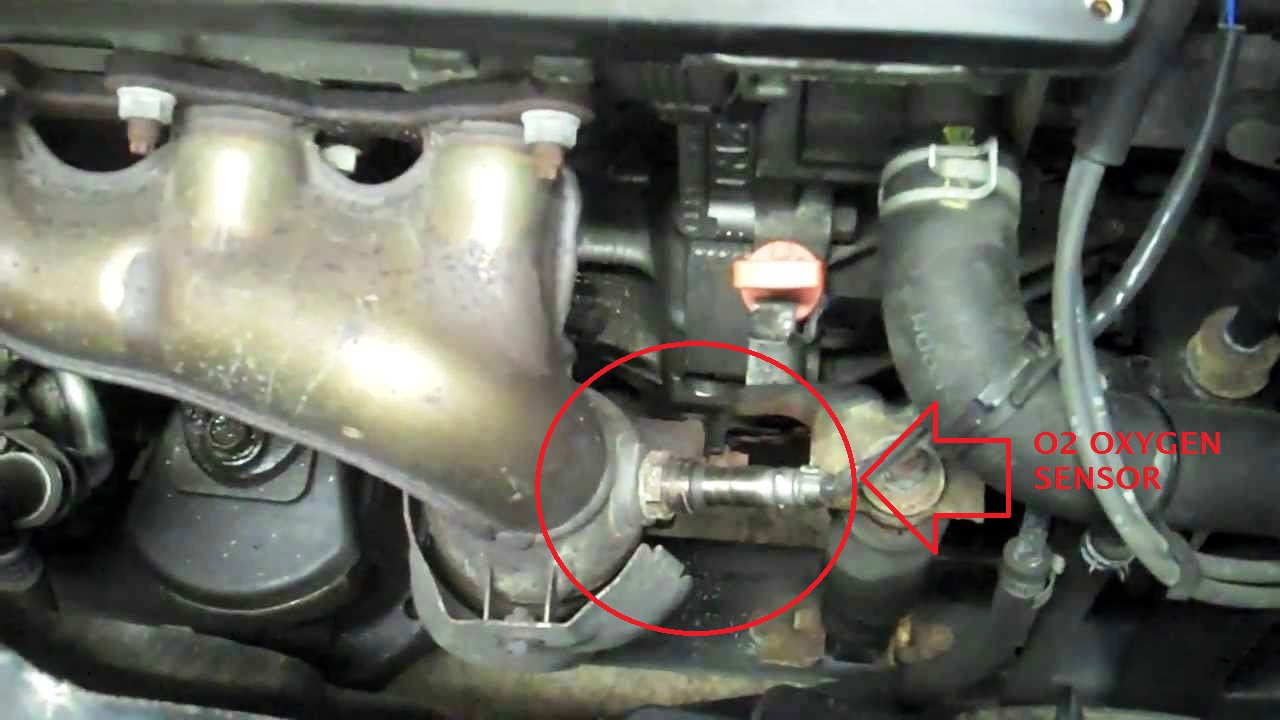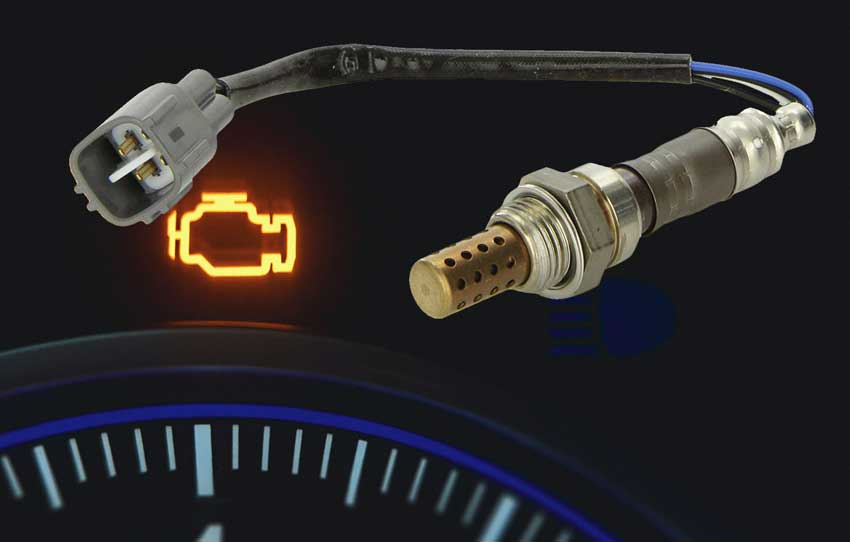Ah, the trusty oxygen sensor. This little guy may be small, but it sure packs a punch when it comes to improving your car's performance and fuel economy. You see, the oxygen sensor is like the Sherlock Holmes of your car's exhaust system, constantly measuring the amount of oxygen present and sending signals to the engine control unit to adjust the air-to-fuel mixture accordingly. It's like having a personal assistant for your car's engine!

Now, you may be wondering where this magical little sensor is located. Well, it's nestled snugly in the exhaust pipe, between the catalytic converter and the engine. It may be small, but it's mighty, helping to reduce emissions, increase fuel economy, and improve overall engine performance. Talk about a triple threat!

There are two types of oxygen sensors: zirconium and titanium. Zirconium sensors are like the OGs of the oxygen sensor world, commonly found in older cars. They measure oxygen by passing it through a porous ceramic element coated with a thin layer of platinum and zirconium oxide. Titanium sensors, on the other hand, are the newer, more accurate versions. They use a thin-film of titanium dioxide to react to oxygen and create a change in electrical resistance. Fancy, huh?
Now, like all good things, the oxygen sensor does have a lifespan. Typically, it lasts between 80,000 to 100,000 miles of usage. But, as with all things in life, environmental factors can affect its lifespan. Driving conditions, temperature range, and the types of fuel used can all play a role in how long your oxygen sensor lasts. So, keep an eye out for that pesky check engine light, as it may be a sign that your oxygen sensor needs replacing.

For the best routine automobile oxygen sensor maintenance and replacement services contact Hillside Auto Repair today. We offer state of the art vehicle parts, repair, and maintenance with a nationwide warranty. Because We are the Professionals You Can Trust.